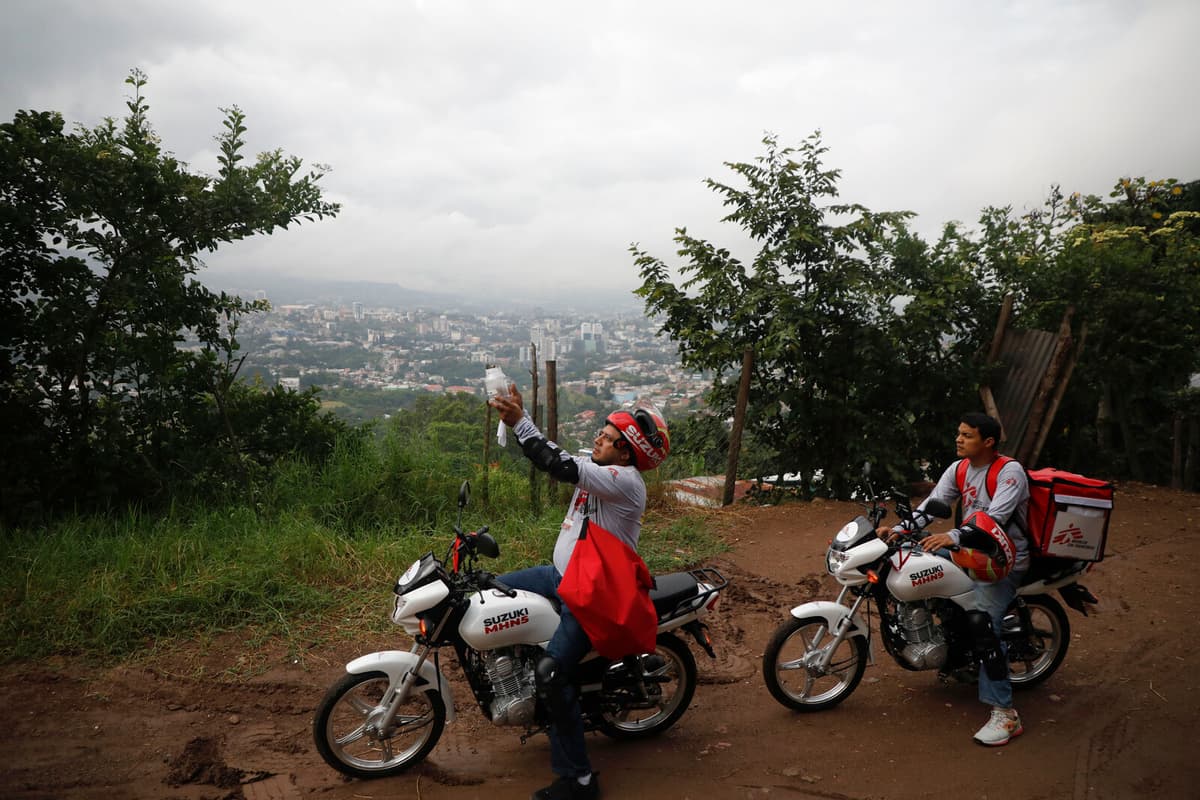The number of cases of dengue fever has increased explosively worldwide. The viral disease usually only has mild symptoms, but can become serious and is estimated to be behind up to 40,000 deaths per year.
According to the organization Doctors Without Borders, more than half of the world's population already lives in areas where dengue fever exists. An additional billion people are expected to end up in the risk zone due to climate change.
But there is a small glimmer of hope. A method that Doctors Without Borders has tested in Honduras appears to be working.
Promising results
In the project, more than eight million mosquitoes carrying the bacterium Wolbachia – which has been shown to be able to prevent mosquitoes from spreading diseases such as dengue, zika, and chikungunya – were released in the El Manchén district of the capital Tegucigalpa.
Seven months after the last mosquitoes were released, the bacterium was found in 85.7 percent of the mosquitoes in the area, according to the preliminary results of the project.
At the same time, the number of dengue cases in El Manchén has decreased significantly.
Swedish cases?
The method has previously been tested in other places.
When you release infected mosquitoes, you hope that they will take over the population, says Tobias Lilja, mosquito researcher at the National Veterinary Institute (SVA).
The idea is to get a mosquito population in the area that can no longer transmit the virus.
The risk of mosquitoes spreading dengue fever in Sweden is considered relatively low. On the other hand, Swedish researchers expect us to get cases of Nile fever, via the so-called West Nile virus.
Dengue requires a slightly higher temperature for there to be enough virus in the mosquitoes for it to spread further. But Nile fever, absolutely, says Tobias Lilja.





